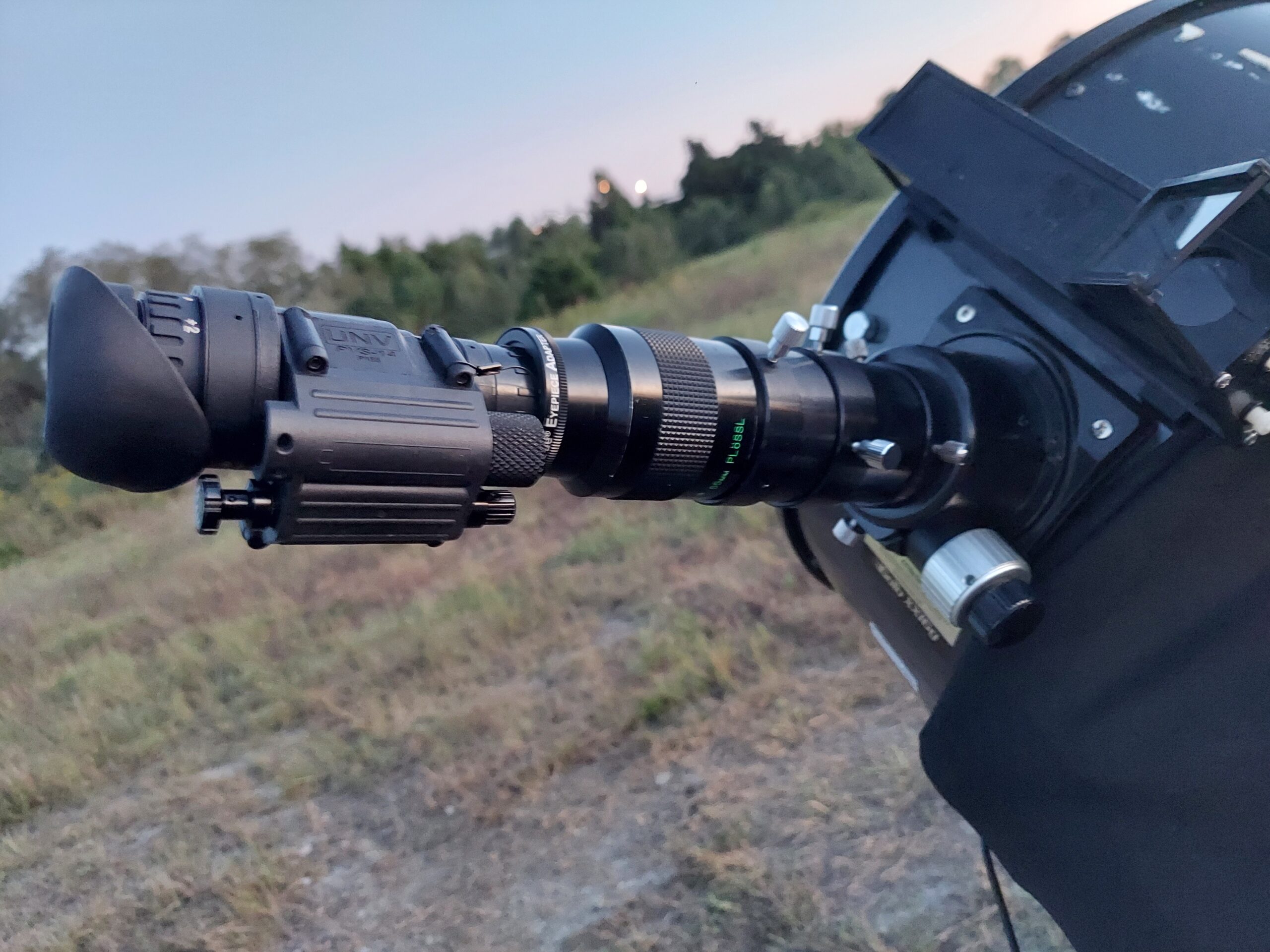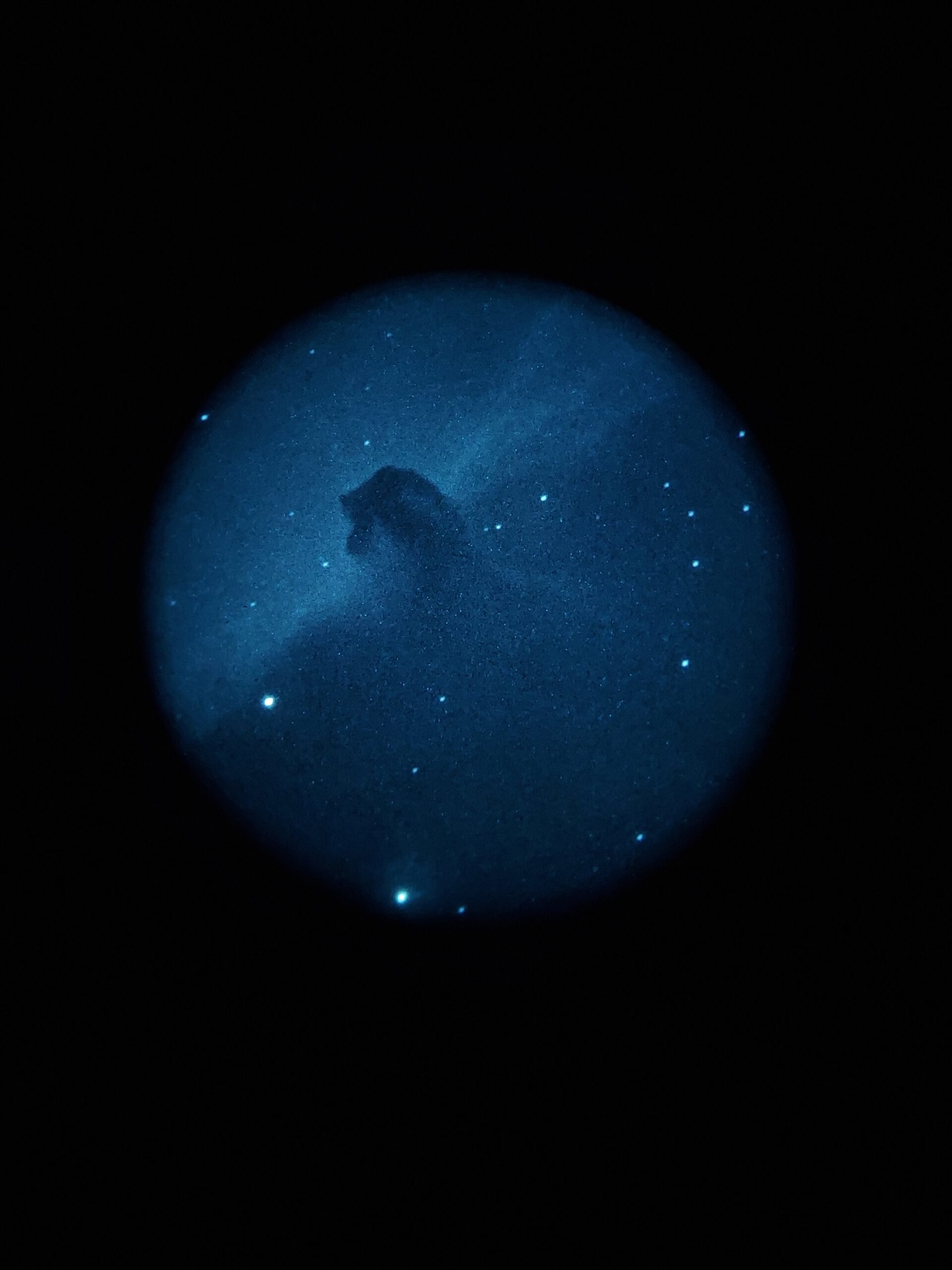What is a conjunction?
In Astronomy a conjunction is when we see two planets or stars very close together from our point of view.
Key Takeaways
- A conjunction occurs when two objects look very close together from our point of view on Earth.
- Conjunctions are well recorded in history
- Conjunctions can be observed without a telescope or binoculars
Understanding Conjunction
As planets orbit around the sun, they are traveling at different rates. This movement means that at certain points in their orbits the planets may pass in front of or behind one another and appear to be one bright star.
The objects are still very far apart, but they appear to be very close together to the observer. In reality they are still many thousands of light years apart in space.
There are two types of conjunctions, conjunctions of right ascension and conjunctions of ecliptic longitude. These two types of conjunctions result in the same observable phenomenon, but they are the result of two objects aligning along different axes.
Observable conjunctions often involve planets aligning and are bright enough to be observed with the naked eye.
Some conjunctions may involve more than 2 objects and are called triple conjunctions.
In December 2020 there was a very bright conjunction of Jupeter and Satrun. Jupiter and Saturn passed within one arcsecond of one another from our point of view in the western hemisphere.
This was observed on December 21, 2020, with many referring to it as the Christmas Star. Many events lined up to make The Great Conjunction seem incredibly special, its timing close to the holiday and the alignment consisting of the largest planets in our solar system.
This particular conjunction takes place roughly every 20 years.
Great Conjunctions always refer to the conjunction of Jupeter and Saturn and have been observed since the invention of the telescope.
Related Terms
Solstice




